Forbidden City studio restored by U.S.-China team
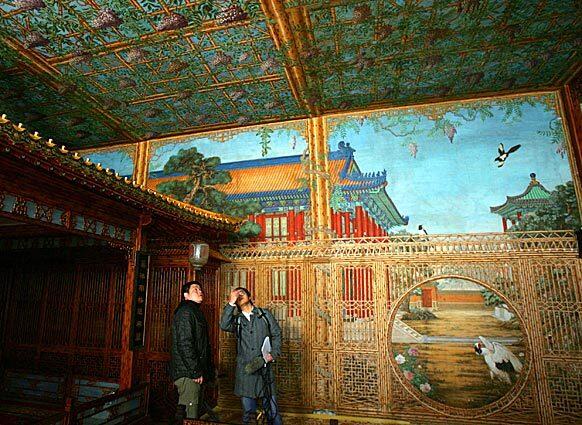
Reporters get a close look at the tiny two-story lodge known as Juanqinzhai in China’s Forbidden City. The lodge was restored by a U.S.-Chinese team in an instance of cooperation for the sake of art history. The studio was built in the 1770s by the Qianlong emperor for his personal use after his retirement. (China Photos / Getty Images)
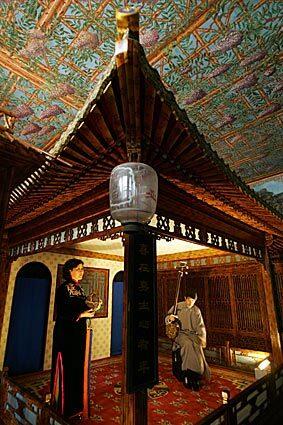
Artists perform on the stage of the Juanqinzhai studio after completion of a $3-million renovation. The lodge will soon be open to the public. (China Photos / Getty Images)
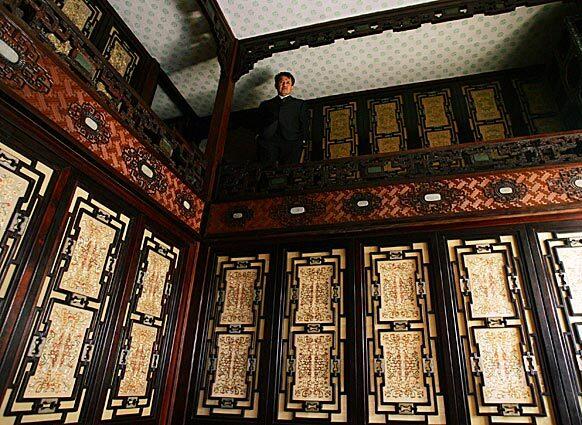
A worker peers down at photographers during the unveiling of the Forbidden City studio’s restoration on Monday. The private retreat was called by the emperor who built it: the Studio of Exhaustion From Diligent Service. (China Photos / Getty Images))
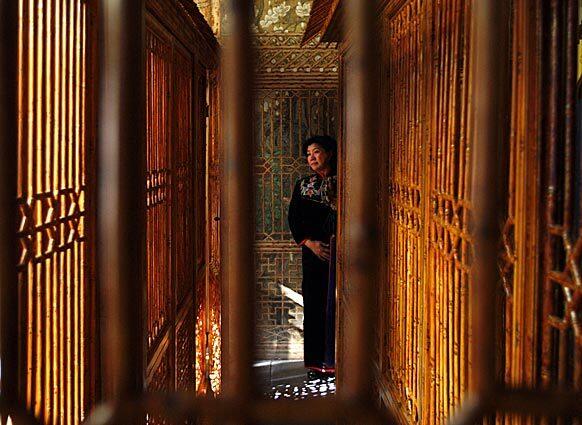
A Chinese traditional-music performer waits before her performance at Juanqinzhai, constructed during the Qing dynasty. No resource was spared. Every inch of design and creation was overseen by the emperor himself, said Henry Tzu Ng, executive vice president of the World Monuments Fund. (Alexander F. Yuan / Associated Press)
Advertisement
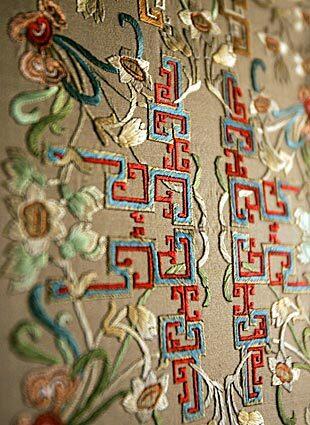
Embroidery and other fine artwork required delicate renovation work. (China Photos / Getty Images)
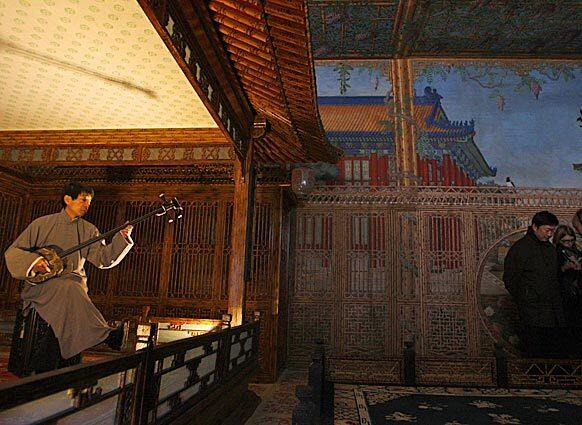
A performance space inside the studio. Before its recent renovation, the lodge had been untouched for centuries. (Alexander F. Yuan / Associated Press)







